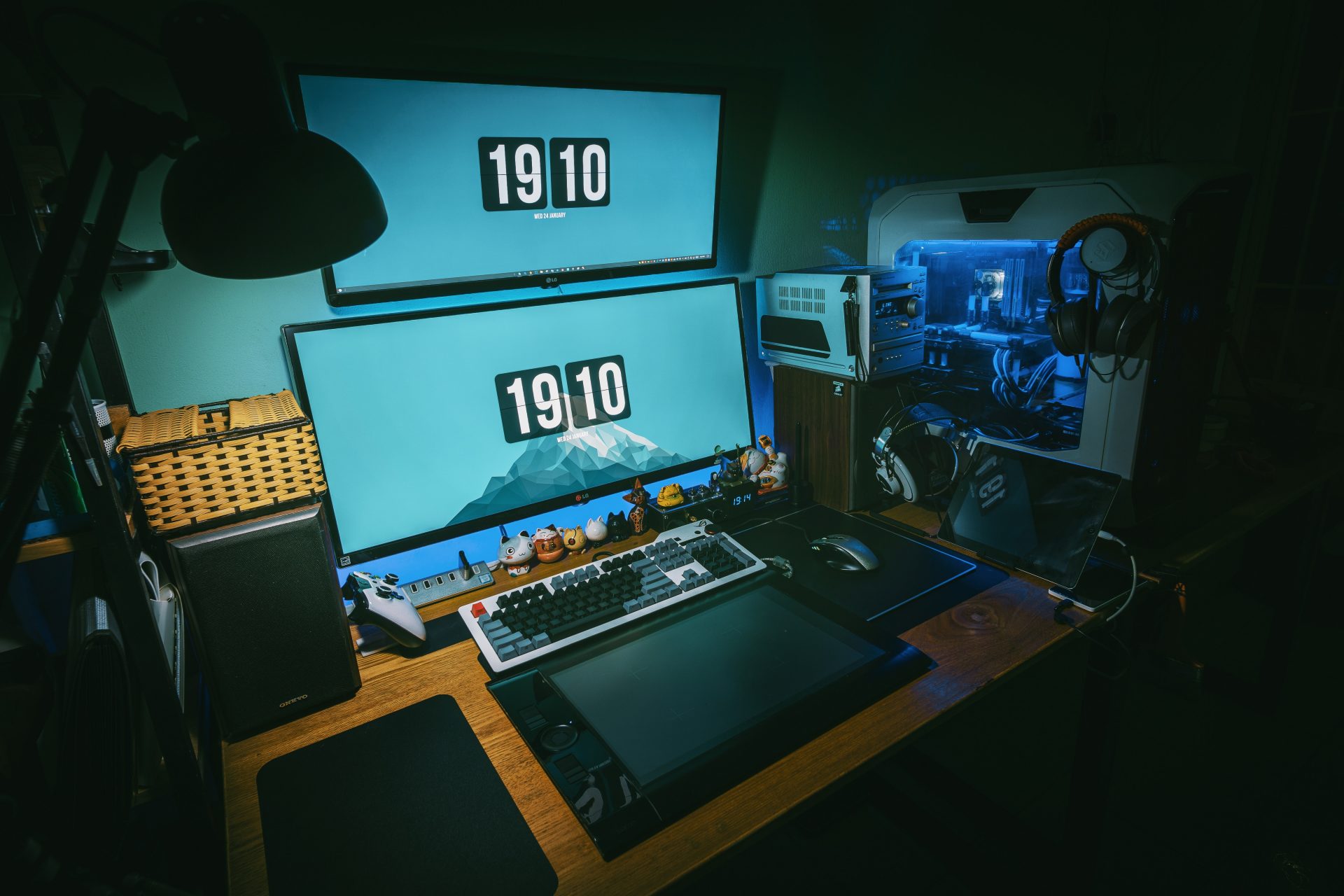Everyone associated with the production of electronic games knows the complexity of the development process. But it is particularly important to master that development to create a stunning product. However, everybody does not know how to build the workflow properly, and things can quickly get out of hand. Electronic Game Developers Society knows the importance of following a proper electronic game development pipeline. This blog post will outline the main game development stages and their functions.
Stages of Game Development Process
Every electronic game development process consists of 5 main stages, including:
- Pre-production
- Production
- Quality assurance
- Launch
- Post-production maintenance
Let’s learn about these stages one by one.

Pre-production
No doubt, every stage of the game creation process is integral, but the first pre-production phase directly affects all subsequent cycles. Whenever you start the electronic development process, it is important to collect all the vital information such as technical requirements about the future product. Managers and product owners usually take responsibility for defining the goals of any electronic game development project and mapping out the core concept behind it. However, every pre-production stage needs the complete information and requirements for an electronic game development project, including:
- Market and competitor analysis
- The target audience
- Choosing a platform
- Allocation of resources
- Concept art
- Type of monetization
- Risk analysis
- Marketing strategy
After collecting the complete information and requirements for an electronic game development project, a Game Design Document (GDD) is created. In this GDD, more distinct requirements for a game are specified. These include concept, plot, genre, type of gameplay, level design, game mechanics, and environment.
Production
This is the second and longest phase of the electronic game development pipeline. At the same time, it is considered the most labor-intensive phase of the game development process and is divided into several internal stages, including:
- Prototyping
- Visual content creation
- Game level design development
- Audio design and voice acting
- And Coding
So it starts with prototyping to create a prototype and test the main mechanics that will be used in the future product. After that, the visual content creation stage comes into the play that contains everything an electronic game is filled with, including characters, environment, properties, and game assets. In the game level design development stage, game developers develop the game mechanics, game plot, and game economy design. Audio design and voice acting are an integral part of the production process. In this process, game developers create game soundtracks as well as sound effects for different situations.
When all the game elements are ready, electronic game developers finally write thousands of lines of code to bring all the content together. This is the final and most important step of production to take into account every possible technical factor and offer a positive user experience.

Quality Assurance
Quality assurance is a vital stage to ensure that the developed electronic game is completely bug-free and performs without any error. Different types of testing methods are used in this stage, including functional testing, non-functional testing, and Alpha and Beta testing.
Launch
This is the final phase of the electronic game development process, for which everybody waits eagerly. However, this is not the end of the story, as there are enough errors and flaws even when a game is ready to launch. So in parallel with the launch, every game development team continues bringing more improvements and details to the game.
Post-production
As explained above, the post-product stage is usually associated with constant monitoring to double-check the level of game stability and performance. This actually helps a developer to fix the issues and update the marketed product.
We hope now you have a complete understanding of the different stages of the electronic game development process. This will surely help you follow a proper electronic game development pipeline to develop an amazing product.
